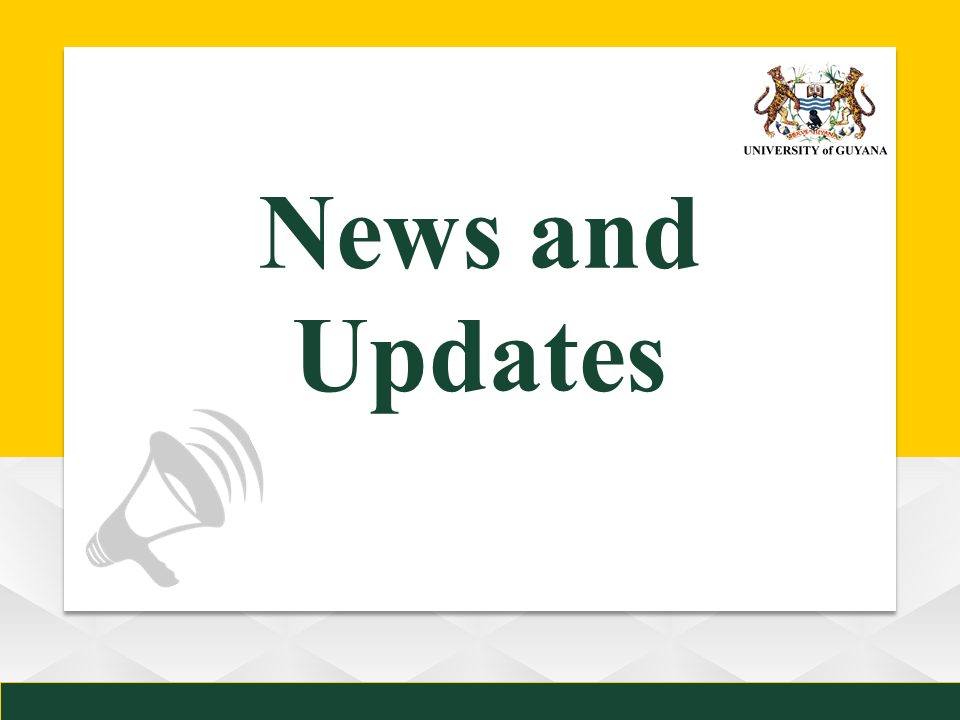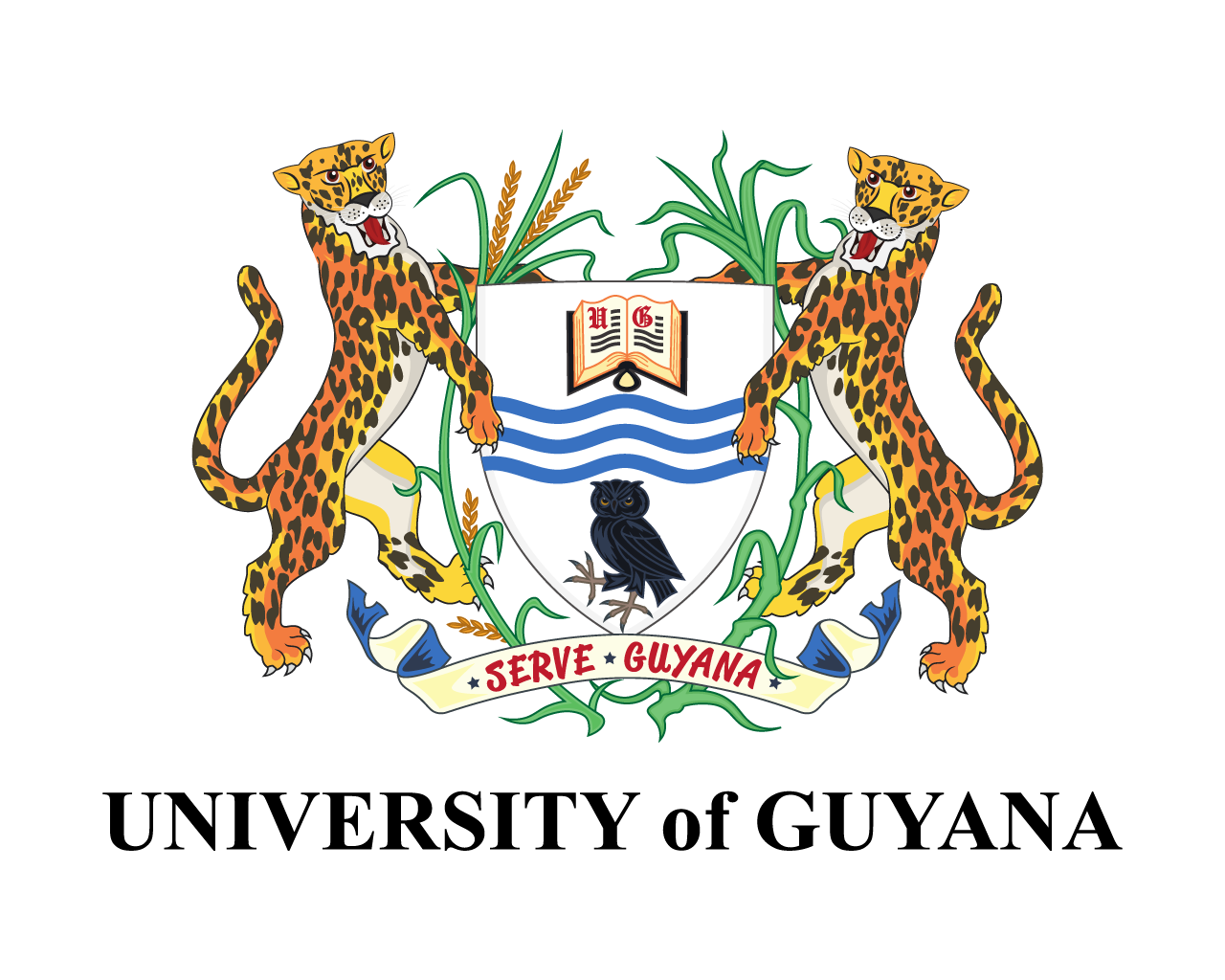The University of Guyana’s Faculty of Earth and Environment Sciences (FEES) in collaboration with SERVIR Amazonia, NASA, USAID, Spatial Information Group (SIG), and CIAT hosted an International Course (workshop) from January 20 to January 24, 2020 at the Center for Information Technology (CIT) of the University’s Turkeyen Campus. The training workshop/course was titled “Using Synthetic Aperture Radar (SAR) to monitor mangrove forests in Guyana”.
At the Opening Ceremony, Professor Paloma Mohamed-Martin, Deputy Vice-Chancellor, Philanthropy, Alumni and Civic Engagement, PACE and Chair, Transitional Management Committee, UG, noted the importance of such an endeavour when she stated that “ this initiative is not just important for the University of Guyana, but for you the participants to acquire knowledge about the technology. On the grand scheme of things this technology will have a macro effect on Guyana,” she explained.
The course brought remote-sensing resources, primarily Synthetic Aperture Radar (SAR), to bear on mapping the extent and structure of mangrove forests along the coast of Guyana. Outputs of the training by participants included, but not limited to: (1) mapping of mangrove extent, (2) evaluation of mangrove health, (3) generation of information that can be used for greenhouse gas reporting (4) availability of data that can be used for assessing land-use changes that contribute to the loss of mangroves, (5) analysis of the performance of mangrove restoration efforts, (6) full documentation on analysis methods, (7) exposure to open-source algorithms for processing remote-sensing data, (8) all data associated with the project, (9) extensive training on how to use remote sensing techniques for mangrove monitoring and on operating a mangrove monitoring programme.
Participants were drawn from the University of Guyana (UG), Hydromet, National Agricultural Research and Extension Institute (NAREI); Conservation International – Guyana; Guyana Forestry Commission (GFC); Guyana Lands and Surveys Commission (GLSC); Environmental Protection Agency (EPA); National Drainage and Irrigation Authority (NDIA); World Wildlife Fund Guyana Office; Ministry of Public Infrastructure – Sea and River Defence Division; Amerindian Peoples Association (APA); Department of Environment; and Ministry of Natural Resources.
The main trainer was Dr. Mark Simard from NASA and the other two scientists Dr. Glenn Hyman and Ms. Andrea Nicolau, from Spatial Informatics Group (SIG) and NASA respectively were also involved in the workshop and provided the technical support. Dr Temitope Oyedotun, the Dean of the Faculty who initiated and facilitated the workshop stated that the ultimate objective of the initiative is for Government and civil society (decision-makers) to have access to up-to-date maps of mangrove extent and health. Such information can be useful for land-use planning and climate change mitigation efforts. The workshop was an enriching experience for participants.
A Special Meeting of Head of Agencies
On Wednesday January 22, 2020, there was a special meeting of the Head of Organisations and Agencies that have their representatives participated in the workshop. The special meeting was initiated: to share the objectives and goals of bringing Earth Observation (EO) and Geospatial Technologies to sustainable development challenges in Guyana; to deliberate on how developmental challenges of the agencies can be addressed by these technologies; and, to explore collaborations of the agencies with SERVIR Amazonia.
News about the workshop can be found at the following links:
- https://dpi.gov.gy/international-organisations-collaborate-with-ug-to-host-mangrove-monitoring-workshop/
- https://servir.ciat.cgiar.org/protecting-the-natural-seawall-of-guyana-with-a-sustained-monitoring-and-evaluation-systems-of-mangrove-forests/
- https://earthobservatory.nasa.gov/blogs/fromthefield/2020/02/04/local-agencies-in-guyana-to-monitor-mangroves-in-face-of-a-changing-climate/?src=fromthefield-rss

